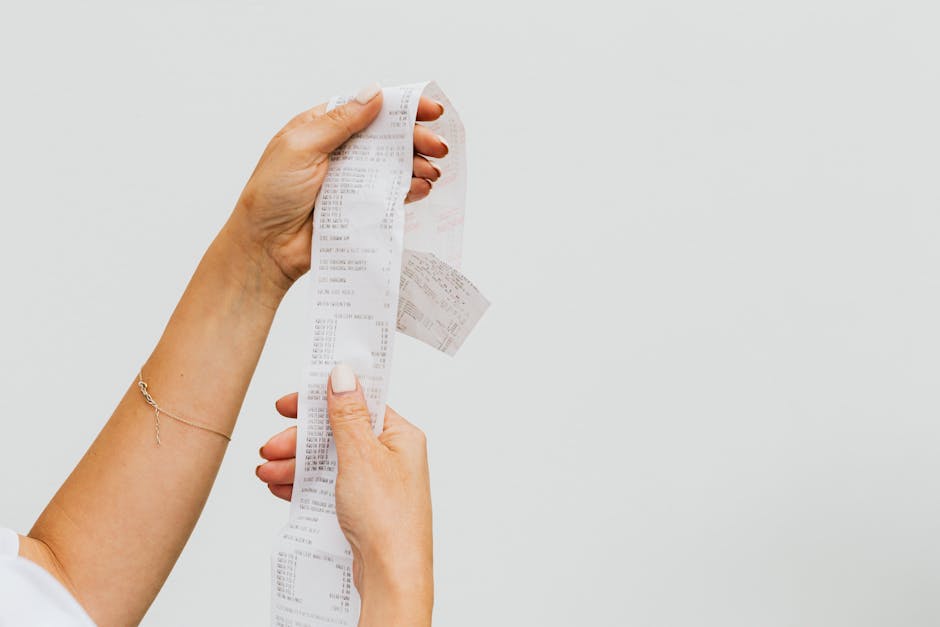Grocery shopping can feel like a money pit if you’re not careful. But what if you could slash your bills without sacrificing the foods you love?
Frugal folks have mastered smart strategies that turn everyday shopping into serious savings. It’s not about clipping coupons alone—it’s a mindset and a set of habits.
Even small tweaks in how you approach grocery shopping can add up to big bucks saved over time. The best part? These tips are easy to implement and fit into any lifestyle.
Whether you’re a seasoned penny-pincher or just starting your savings journey, these genius tips will help you keep more cash in your pocket. Ready to shop smarter?
Let’s dive into 21+ clever ways frugal people slash their grocery bills without feeling deprived or overwhelmed. Your wallet will thank you.
By the end, you’ll have a toolbox full of practical ideas to transform your grocery runs into a budget-friendly breeze.
Planning and Preparation Hacks
Frugal shoppers know that saving money starts before you even step foot in a store. Thoughtful planning and preparation can prevent impulse buys and reduce food waste, which is a hidden drain on your budget. By organizing your shopping around what you really need and what’s available, you’ll make smarter, more economical choices.
From meal prepping to shopping lists, these strategies help you stay focused and purposeful. It’s about turning grocery shopping into a well-orchestrated task instead of a spontaneous splurge.
Here are some foundational tips to get started.
1. Plan your meals weekly – Mapping out your meals for the week allows you to buy only what’s necessary, cutting down on impulse purchases and food spoilage. When you know exactly what you’ll cook, you can shop with intent, which is a huge budget saver.
2. Make a detailed shopping list – Writing down exactly what you need keeps you on track and prevents grabbing extras you don’t really want. Stick to the list religiously to avoid spending more than planned.
3. Check your pantry before shopping – Take inventory so you don’t accidentally buy duplicates or miss out on ingredients you already have. This simple step reduces waste and helps you use what’s on hand.
4. Set a grocery budget before you shop – Having a clear spending limit in mind makes it easier to make conscious decisions in the store and resist temptation. It also helps you track your progress over time.
5. Shop with a full stomach – Hunger can make you grab unnecessary items. Eating before you shop keeps your cravings in check and your bill lower.
With a solid plan in place, you’ll feel more confident and less rushed during your shopping trips, paving the way for smarter spending. Next, let’s explore how timing and shopping habits can further boost your savings.
Timing and Shopping Habits
When you shop can be just as important as what you buy. Frugal shoppers often time their visits to stores to take advantage of sales, restocks, and markdowns. Plus, developing good habits helps avoid overspending and makes your trips more efficient.
By being strategic about timing and mindful of your shopping behavior, you can unlock deals that others miss and reduce your grocery bill significantly. It’s all about working with the store’s rhythm, not against it.
Here are some savvy timing and habit hacks to try.
6. Shop midweek or early morning – Stores often restock and mark down items during these times, so you’ll find fresher produce and better deals. Avoid weekends when crowds can pressure you into buying more.
7. Use store apps for digital coupons and flash sales – Many stores offer exclusive deals through their apps that aren’t advertised in-store. Checking these before you shop can save you a bundle.
8. Wait for seasonal produce – Buying fruits and veggies in season means better prices and quality. Seasonal produce is abundant, so stores discount it more heavily.
9. Be patient and watch for clearance racks – Many stores have dedicated clearance sections for items approaching their sell-by date. These can be great bargains if you plan to use or freeze the items quickly.
10. Avoid shopping when rushed or stressed – Emotional states can lead to impulse buys and overspending. Take your time, breathe, and shop with a clear mind.
Timing and habits go hand in hand to help you spot the best deals and stay on budget. Let’s now turn our attention to loyalty programs and coupons, which can be powerful savings tools when used wisely.
Loyalty Programs and Couponing
Coupons and loyalty programs get a bad rap as time-consuming or outdated, but when used strategically, they’re among the easiest ways to cut grocery costs. The key is to focus on offers that align with your regular purchases and avoid getting trapped in buying things you don’t need.
Many stores provide digital and physical ways to save, and savvy shoppers combine these with other discounts for maximum impact. Let’s uncover how you can leverage these tools effectively.
11. Sign up for store loyalty cards – These cards give you access to member-only discounts, points, and personalized coupons. Over time, this can add up to significant savings on your regular items.
12. Use cashback apps and websites – Apps like Ibotta or Rakuten offer rebates on grocery purchases. Just scan your receipt or shop through their links to earn money back effortlessly.
13. Stack coupons when possible – Combine manufacturer coupons with store discounts to multiply your savings. This takes a bit of planning but can drastically reduce your total bill.
14. Organize coupons by expiration date – Keeping your coupons sorted helps you use them before they expire and prevents wasting potential savings. A simple folder or digital system works wonders.
15. Subscribe to store newsletters – Many stores send exclusive coupons and flash deals to their email subscribers. It’s an easy way to get timely savings without extra effort.
Mastering loyalty programs and coupons can feel like a game, but once you get the hang of it, the savings become second nature. Now let’s explore how savvy shoppers make the most of bulk buying and smart storage.
Bulk Buying and Storage Strategies
Buying in bulk can be a great way to save money, but only if you manage it right. Frugal shoppers carefully choose which items to buy in large quantities and have smart storage solutions to keep foods fresh longer, reducing waste and maximizing value.
This section will cover how to identify bulk-worthy items and how to store them properly, so the savings don’t go to waste. When done thoughtfully, bulk buying can be a cornerstone of frugal grocery shopping.
16. Buy non-perishables in bulk – Items like rice, pasta, canned goods, and spices often cost less per unit when bought in larger quantities. These have a long shelf life, making bulk purchases practical and economical.
17. Freeze extras to extend freshness – Many perishable items like bread, meat, and some fruits and veggies freeze well. Portion and freeze what you won’t use immediately to prevent spoilage and save money.
18. Invest in airtight containers – Proper storage keeps bulk items fresh longer and prevents pests. Clear, labeled containers help you keep track of what you have and avoid overbuying.
19. Split bulk purchases with friends or family – Sharing large quantities with others lets you enjoy bulk prices without the risk of waste. It’s a win-win that also helps build community.
20. Track expiration dates carefully – When buying in bulk, it’s easy to lose track of items. Regularly check your pantry and rotate older items forward to use them before they expire.
Bulk buying paired with smart storage turns your pantry into a savings powerhouse. Finally, let’s look at how frugal shoppers get creative in the kitchen to stretch their grocery dollars even further.
Creative Cooking and Food Waste Reduction
Frugal shoppers know that saving money extends beyond the store checkout. How you use your groceries in the kitchen can make a huge difference. By getting creative with leftovers and minimizing waste, you stretch every dollar further and enjoy more variety.
Food waste is a silent budget killer, but with some simple strategies, you can turn scraps and leftovers into delicious meals. This section shares inventive approaches to cooking and using what you have.
21. Repurpose leftovers into new meals – Transform yesterday’s dinner into today’s lunch or reimagine ingredients into soups, stews, or casseroles. This reduces waste and saves cooking time.
22. Freeze leftovers in portion sizes – Instead of tossing extras, freeze them in single-serving containers. This makes for easy meals on busy days and prevents food from going bad.
23. Use vegetable scraps for homemade broth – Save peels, stems, and ends in a bag and simmer them into flavorful broth. It’s a great way to add nutrition and depth to meals without extra cost.
24. Plan “meatless” days – Incorporate more plant-based meals using beans, lentils, and vegetables. These ingredients are generally cheaper and can be just as satisfying.
25. Practice “first in, first out” kitchen management – Use older ingredients before newer ones to minimize spoilage. Organize your fridge and pantry so older foods are visible and easy to access.
With these creative approaches, your kitchen becomes a space of resourcefulness and savings. Implementing them will help you get the most bang for your grocery buck.
By combining planning, timing, smart shopping, bulk buying, and creative cooking, you’ll be well-equipped to slash your grocery bills and eat well without stress.
Remember, frugality is about intentional choices, not deprivation. Start small, pick a few strategies that resonate, and watch your savings grow.
Happy shopping and even happier saving!



